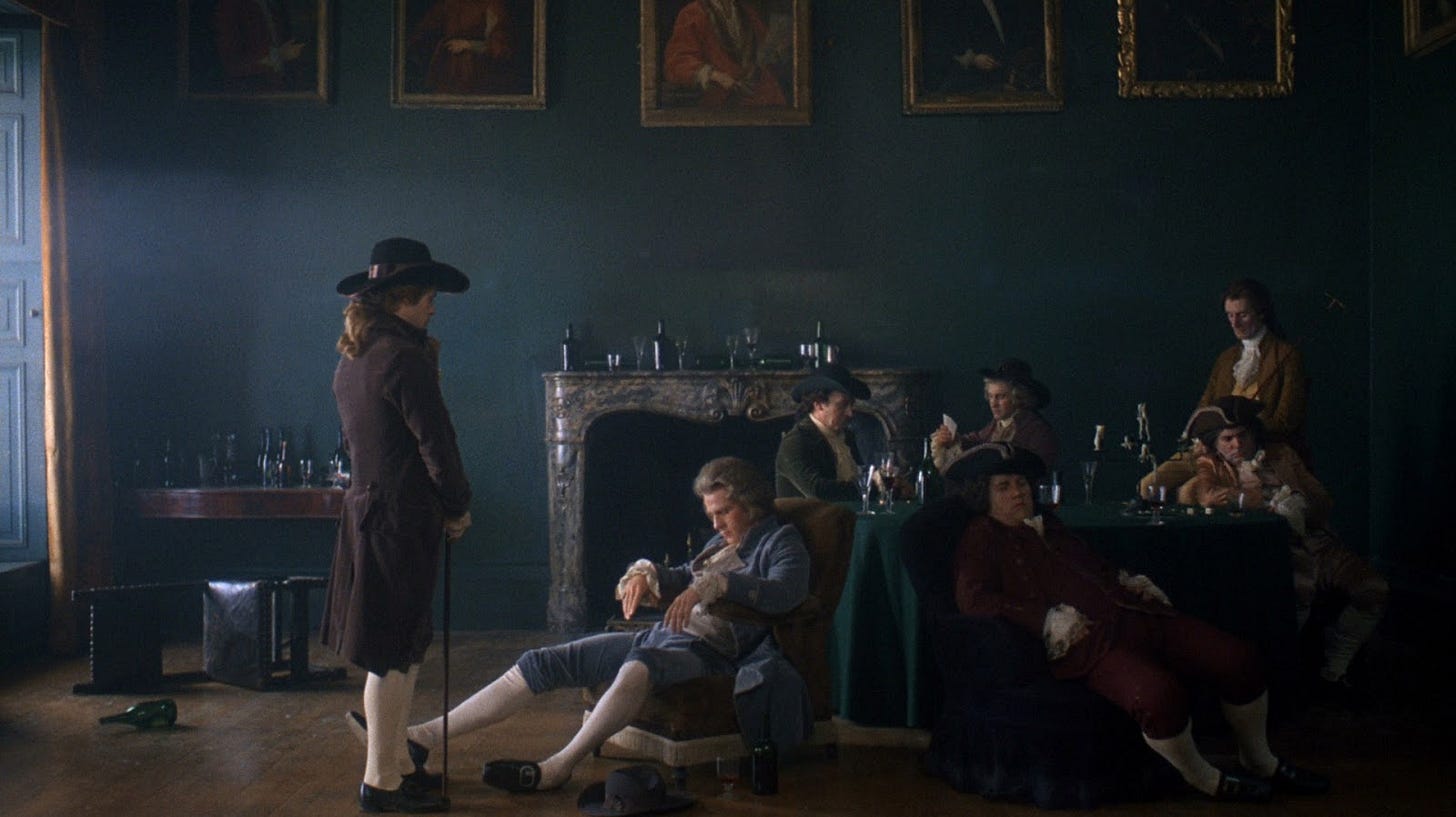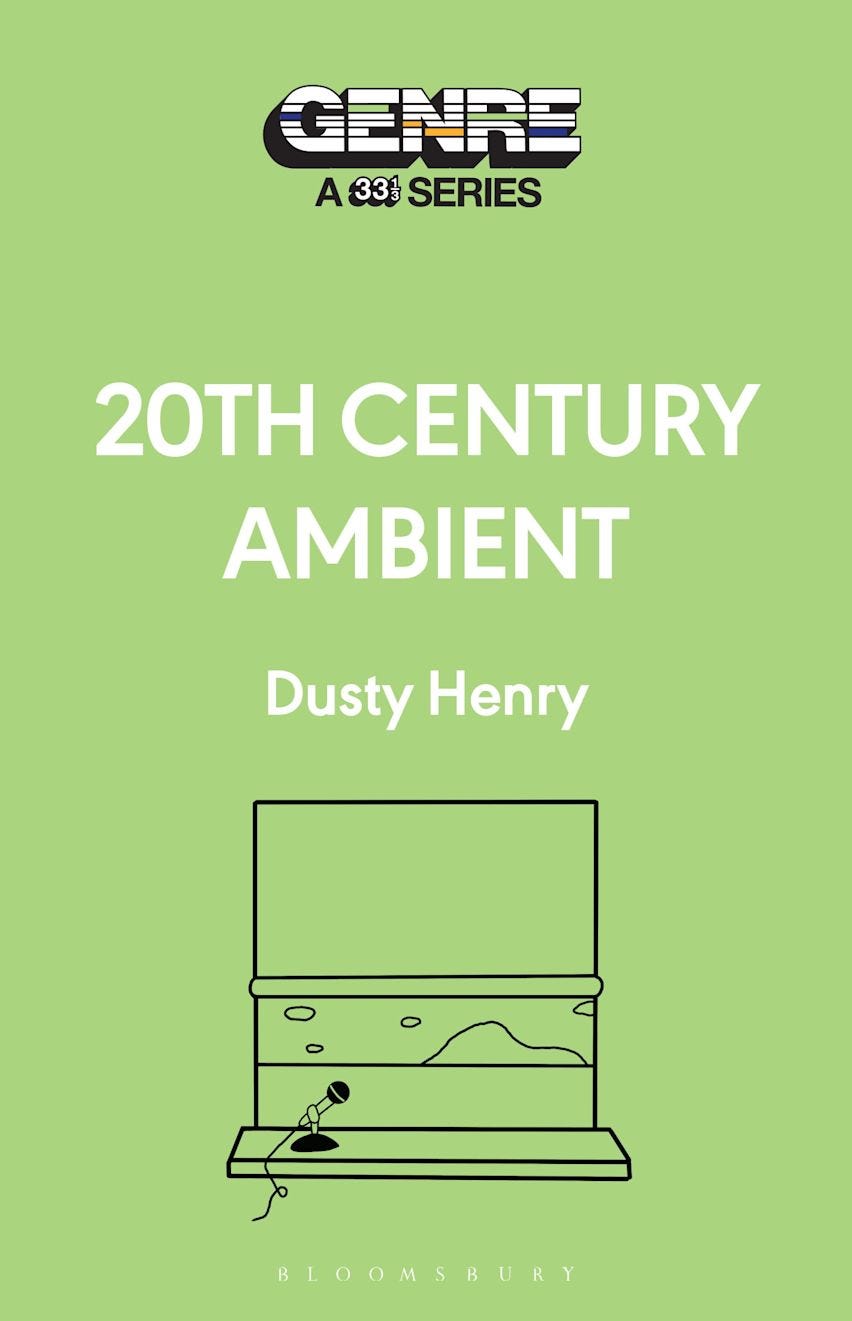Ambient, Environment, and the Sounds of Life
Reflections on Ernest Hood, KMRU, and listening at the park
As we walked through the park, we weren’t totally considering the sounds around us. The mission was a bit clearer than that. Find the splash park, splash there, play on the playground, and hang out on the beach. And on that path, the soundtrack of the day resounded around us. The gaggle of kids laughing and playing, speakers blaring and clipping in the distance, the roll of a nearby road, chatter, the splashing, barbecues sizzling. The sounds of summer were rumbling, accentuated by blue skies and a bright sun.
It’s rare these days for me to have a day to not have a story idea or assignment running through the back of my mind. Usually it’s a part of myself that I just can’t shut off, even when I try to. But on this day, it just never came up. Which, in itself is a blessing… until it’s time to start writing and realize I don’t have a draft ready to spill out from head to paper.
I’ve mentioned a few times here the idea of music and environment and how they interact. It’s something I think about a lot, so much so that maybe it’s finally crept into my subconscious. I think about this a lot especially in the context of ambient music. When classical composer Erik Satie formulated his idea of musique d’ameublement (or “furniture music”) it was in response to being irritated by overbearing, busy music being played at a cafe while he enjoyed a meal or tried to talk with a friend. He wanted to make music that could live in the background, repeat endlessly and be more like wallpaper that melds into the background. Similarly, Brian Eno defined ambient music as music that should be “ignorable as it is interesting.”
I’ve fixated on this idea of ambient and the environment it’s played in as a symbiotic relationship. In that equation, it’s easy to focus on the music part. It’s the most obvious factor when you consider that life is always happening regardless if a song is playing or not. Certainly you can listen to ambient on noise-cancelling headphones and try to shut out the rest of the world, I do that all the time. I’d argue you’re then creating a different kind of environment, the space you’re in and the physical world you’re feeling through your other senses still at play, but let’s not chase that thought too long right now. You can listen to the music in a way that tries to separate you from the environment you’re in, but I think life is the underrated secret sauce.
When my daughter and I walked through the park, we weren’t playing music. But we were experiencing the music of life without even thinking about it. We all do this all the time. What’s rarer is sitting down and reflecting on the sounds you’ve heard and felt through the day. And truly, who has the time? Life is so busy and chaotic for most of us, carving out space to “think about the sounds you heard today” is a wild conceit. But I realized there is a group that has that kind of time – kids.
As we took a break at the splash park and sat on the side, I found myself trying to urge her to what was next. She’s quite the talker and certainly isn’t afraid to give her opinion. But what she really wanted to do was just sit there for a bit silently, watching and taking everything in. My adult brain needed some rewiring. In writing about ambient music, I’ve practiced sitting and listening to my environment but usually with the clear intention of doing so and trying to find a clear observation. This kid just wanted to chill with no ulterior motive. So we sat there. The giggles and playful screams of the children against the buckets of water splashing to the ground and parties bumping nearby. It played like a symphony in the background. When I thought about it later, I marveled at how beautiful it was and how much I should’ve appreciated the sound in the moment.
There are albums that I think do a remarkable job of bringing to life this balance of music and setting. Chief among them is Ernest Hood’s Neighborhoods. The record was originally self-released by Hood in 1975 to little notice, having something of a revival when it was reissued by label Freedom to Spend in 2019. Hood was once a great jazz guitarist, touring with the Charlie Barnet Big Band throughout the 1940s. In the 1950s, however, he contracted polio which confined him to a wheelchair and prohibited him from playing guitar. But Hood found new ways to make music. He took up the zither – an instrument with anywhere from 30-42 strings that was most associated with bluegrass music but has been adopted by artists like Hood and Laraaji to create some heavenly sounds – which can be played on a lap or a table. He also got a Roland SH-3A synthesizer, opening up himself to an entire new universe of sounds that many artists were just starting to explore.
Those are the two main instruments Hood uses on Neighborhoods, but the real secret ingredient is the field recordings he’d make of his Portland, Oregon neighborhood. He intermingles these recordings with his contemplative, swooning music. The sounds of birds chirping, wind rustling through the trees, bees buzzing past, and the chatter of children playing, chasing ice cream trucks, and getting up to all sorts of trouble.
During the global pandemic in 2020, I’d found the record and would listen to it within the confines of our apartment. Then, it was escapism. It reflected a world that, at the moment, was lost. A world that felt like it might never return. Along with the glittering synthesizers and zithers, the music and audio create an idyllic vision of suburban life.
Revisiting the album as life has returned to some form of normalcy is still sublime, but it feels less like escapism and more like augmentation. Like all ambient music, Neighborhoods transforms with its environment. When I listen at my desk, I feel like I’m transported away to the blue skies and scents of freshly cut grass. But taking the music out on a walk feels much different. As I strolled through my own neighborhood, the music became much more surrealistic. While it perfectly matched the feeling of the sunny afternoon day with people out and about that I was experiencing firsthand, it also felt disorienting. I’d hear the caw of a crow and wasn’t sure if it came from my headphones or from the tree above me. It’s an uncanny valley effect. The music is so adept at reflecting the world, that it makes you question which is which.
I think a lot about this as well with the artist KMRU. The moniker of Joseph Kamaru, he’s based between Nairobi and Berlin. While he uses synthesizers and programs like Ableton to create some truly fantastic, lush, and engrossing music, the field recordings he uses that underlie his music make it something truly immersive. He’s been known to take his recording gear out and simply experience life—walking through markets, standing on busy corners, listening to quiet parks or the sounds of insects at night.
I fell especially in love with his 2020 album, Jar, which blends all of these ideas so seamlessly and effortlessly. While using similar methods to Hood, I find they execute them quite differently. For Hood, the sounds of life are pushed more prominently. The music slips in to soundtrack the day. With KMRU, the sound of life is often the undercurrent. It’s the blood rushing through the veins of the music. Even though the music swells with electronic production, it’s still made in this physical world where life is always happening.
I, of course, can keep going on about artists who do this – I haven’t forgotten about Hiroshi Yoshimura, whose come up a few times on this newsletter already and surely will be a focus again in the future. But I reflect on all this right now as a reminder to myself. Through the brilliance of Hood, KMRU, and my daughter, reminding me that this idea of “ambient environment” isn’t just some abstract idea. That life is bubbling around every corner. The only way you’ll ever come to truly appreciate that fact is to slow down and take it in. This is increasingly difficult it seems with constant worries, constant distractions, and a phone always beckoning in the pocket. But I don’t want to just live, I want to experience and appreciate this life. Sometimes the best way to do that is to just be quiet and listen.
Stray Thoughts
LISTENING: Gelli Haha - Switcheroo
One thing I’m trying to lean into this year is embracing music that just feels fun. I mentioned this not long ago with Artificial Go’s excellent Musical Chairs. Now Gelli Haha has emerged with a record that could, in a very complimentary sense, be called kooky, weird, and over the top. I was enjoying the opening song, “Funny Music,” with its propulsive synth and bumping rhythm and then it ended with a cartoon BONK! And I was completely sold.
She refers to her music as existing within the “Gelliverse” and describes it as a mix between Studio 54 and Area 51. These descriptors are not only apt but also accentuate the fun and intentionality behind Gelli’s personality and artistic vision. The music is elastic, fantastic, and, yeah, just some of the most unadulterated fun I’ve heard on an album all year.
WATCHING: Barry Lyndon (1975, directed by Stanley Kubrick)
I’ve had Stanley Kubrick’s masterpiece Barry Lyndon on my watchlist for years and recently I finally decided to watch it and…holy shit? Very early in the film I realized it was not like anything I’d seen before. I’m not much for period pieces set in “this era,” but I was completely transfixed. I still feel like a novice with film and I know much has already been said about the brilliance and technical achievement of Kubrick’s filmmaking, but I still found myself in awe at every new scene – his set design and framing all set to match historic oil paintings. And not just that, the saga of Barry coming up from the dredges to wealth and eventually folly was just so well done by all actors and crew involved. I tend to work very, let’s say, loosely, but Kubrick’s work gives me an appreciation for meticulousness and commitment to a vision. I’m already eager to watch it again. Maybe I’ll have more thoughts to dig in in the future.
A Quick Reflection on the Cover Art for 20th Century Ambient
I’ve been running the same little blurb here about my book for weeks now, but given this week’s essay I thought I’d share just a little bit more.
One of the things I was excited about with this book was getting the opportunity to draw the cover. I wasn’t sure if this would be something I could do, given the wonderful job the 33 1/3 Genre series has done in creating a unified look, but the team at Bloomsbury was kind enough to give me a shot. I’m really happy with how it turned out.
The image of the microphone pointed out the window is an homage to Pauline Oliveros. Oliveros was a key fixture in the San Francisco Tape Music Center and in advancing experimental music broadly. She also coined the practice of “deep listening,” an act of intentional listening to the world around you, much like what I talked about above. In short, she was a genius. When she first began experimenting with tape recording, she’d place a microphone on her windowsill and record the sounds of the outside world for hours. Not just that, but she’d listen back to the entire recordings, soaking in every sound and noise.
These ideas of deep listening, environment, and experimentation are core to the book. But I’ll leave it at that for now. If you’re curious about Oliveros or the development of ambient music, well then, do I have a book for you!
20th Century Ambient is out November 13, 2025.
Support Another Thought
As I mentioned last week, I’m super grateful to everyone who has subscribed, read, or even glanced at Another Thought. It’s been overwhelming finding that these essays and artwork have resonated with so many people. If you dig what I’m doing, consider becoming a paid subscriber. A big thank you to those who’ve made the jump! In the near future, I plan on adding more perks for paid subscribers, including exclusive second editions, playlists, the coveted “physical media” and more.
Another Thought is a one-person operation and I do all the writing, artwork, and shameless procrastinating myself. Supporting through paid subscriptions helps me keep up supplies and will greatly help with the next evolution of the newsletter. I have so much more I’m excited to do. Get in early if you can. Either way, I seriously appreciate you reading and sharing.





